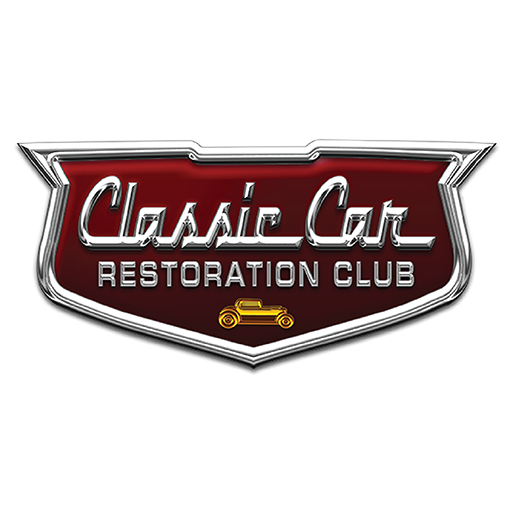
Logo Lettering on Classic 31
Classic Car Restoration Club EditorsHand lettering and pinstriping on hot rods have a rich history deeply intertwined with the culture of automotive customization and American craftsmanship. Its roots trace back to the early days of automotive customization in the United States, particularly in the 1940s and 1950s. Back then, enthusiasts would modify their hot rods, to enhance performance and style. Artists such as Von Dutch (Kenneth Howard) and Dean Jeffries are often credited as pioneers of hand lettering and pinstriping in the hot rod scene. Their intricate designs and masterful techniques set the standard for generations to come.
Hand lettering and pinstriping became increasingly popular as a way for car owners to personalize their vehicles and express their individuality. It wasn't just about making a car look good, it was about making it unique and reflective of the owner's personality, although for the weekend racers it became the standard to identify their car from the rest. The art of hand lettering and pinstriping became ingrained in the broader hot rod and custom car culture, appearing on everything from race cars to motorcycles. It was not only a form of decoration but also a symbol of identity, craftsmanship and skill.
Recently, Kevin Baas met up with Jeremy Pedersen of Relic Kustoms to lay down some custom Baas-Acres logo lettering on his newly acquired 1931 Model A roadster. Baas wanted Jeremy to match the style of the lettering already on the car, in a “dry brush” patina. Naturally the first step is to clean the surface well before starting. Pedersen explains, he began the lettering by drawing the logo to the size desired then using transfer paper he could position and transfer the logo to the cowl of the roadster.
The hand lettering is done using specialized brushes in different sizes and “One-Shot” enamel paint. He then carefully applies the paint freehand, following the lines of the design with precision and skill. Each stroke must be deliberate and consistent to create smooth, flowing lines, although using the “Dry-Brush” technique does allow for some minor imperfections to achieve the period correct look and feel.
The last step is often to step back and assess the work, making any final adjustments or touch-ups as needed to ensure that the finished product meets Jeremy’s standards and Baas’s expectations.
Overall, hand lettering and pinstriping on hot rods represent a unique blend of artistry, craftsmanship, and automotive culture, carrying on a tradition that spans generations and continues to inspire enthusiasts around the world. Jeremy’s hand lettering on Kevin’s roadster is first rate and harkens back to the early days of hot rodding.
